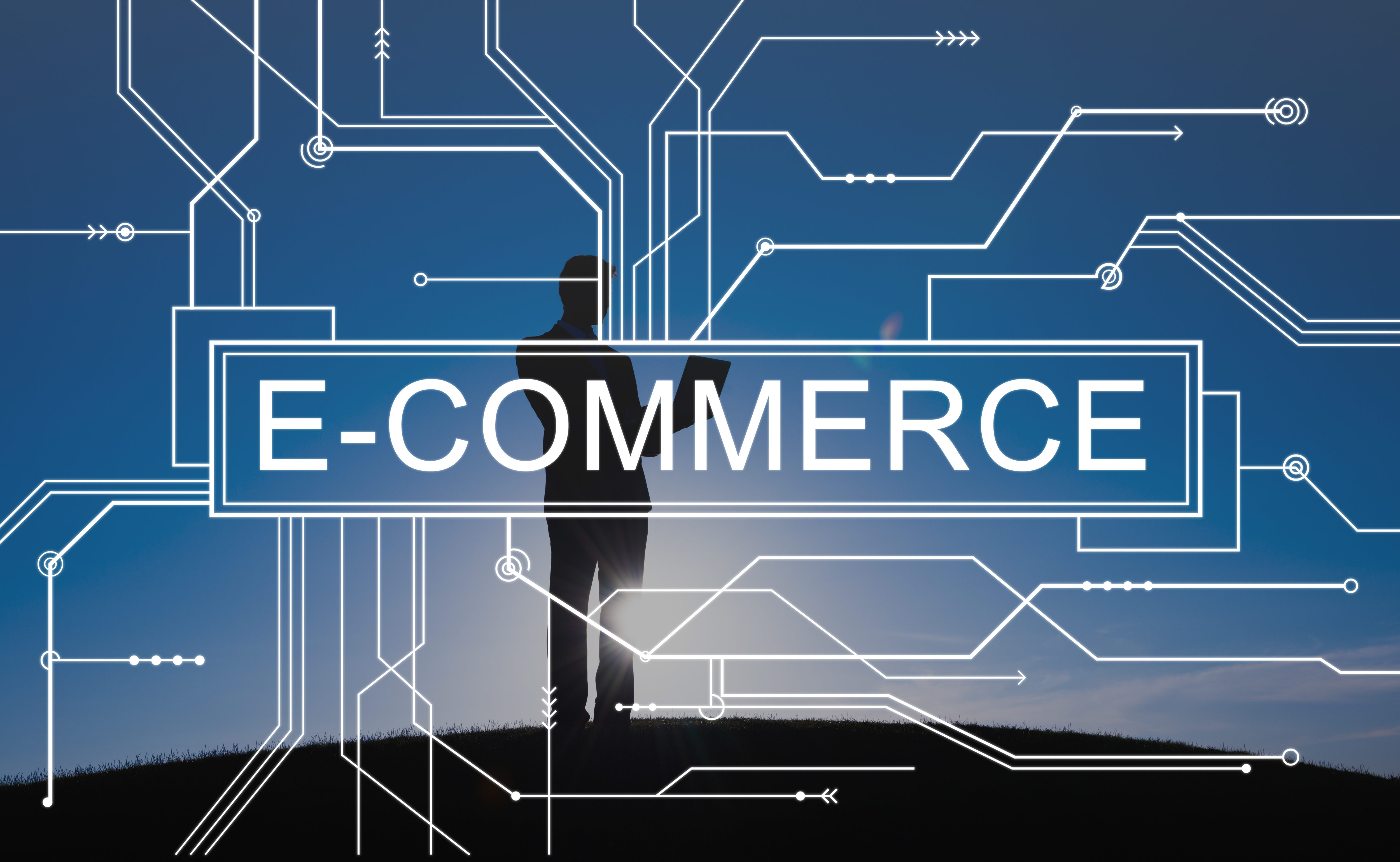E-commerce, short for "electronic commerce," refers to the buying and selling of goods and services over the internet. An e-commerce website is a digital platform or online store where businesses or individuals can showcase their products or services and allow customers to browse, select, and make purchases electronically. E-commerce has become increasingly popular due to its convenience and accessibility, allowing businesses to reach a global customer base.
An e-commerce business, on the other hand, is a commercial venture that primarily operates online, conducting its buying and selling activities over the internet. E-commerce businesses come in various forms, including:
Online Retailers: These are businesses that sell physical products directly to consumers through an online storefront. Examples include Amazon, eBay, and individual brand websites.
Digital Product and Service Providers: Some e-commerce businesses sell digital products (e.g., e-books, software, digital art) or services (e.g., online courses, web design) online.
Marketplace Platforms: These platforms bring together multiple sellers and buyers in one place, like Etsy (for handmade and vintage items) or Alibaba (connecting manufacturers with buyers).
Subscription-Based Services: E-commerce businesses can offer subscription services where customers pay regularly for access to products or content, like Netflix or subscription boxes.
Dropshipping: In this model, businesses don't maintain inventory. Instead, they source products from suppliers as orders come in and have them shipped directly to customers.
B2B E-commerce: This involves businesses selling to other businesses through online platforms, such as bulk suppliers or industry-specific product providers.
Online Market Research and Auctions: Businesses can operate online market research or auction platforms where users bid on products or services, like eBay or specialized auction sites.
Affiliate Marketing: Some e-commerce businesses earn commissions by promoting and selling products or services from other companies on their websites.

To increase the conversion rate on your e-commerce website in the context of today's digital India, you can incorporate specific strategies that cater to the unique needs and trends of the Indian online market. Here are some tips:
Localized Content and Language: India is linguistically diverse. Offer content and support in multiple languages to reach a broader audience. Hindi, English, and a few regional languages can be a good starting point.
Mobile Optimization: Mobile internet usage is dominant in India. Ensure your website is mobile-responsive and optimized for slower data connections.
Payment Options: Offer a variety of payment options, including digital wallets like Paytm, UPI (Unified Payments Interface), and local credit/debit card options. Indian consumers are sensitive to payment security, so highlight secure payment processes.
Pricing and Discounts: Indians are price-sensitive. Highlight discounts, deals, and competitive pricing. Consider bundling products to offer perceived value.
Shipping Flexibility: Provide flexible shipping options to accommodate various regions in India. Clearly state delivery times and costs.
Trust-Building Measures: Display trust symbols, security certifications, and customer reviews to build trust, which is crucial in the Indian market.
Culturally Relevant Content: Understand and incorporate Indian cultural references, festivals, and celebrations into your marketing and content.
Local SEO: Optimize your website for local search terms, especially if you have physical stores or warehouses in different regions.
Social Media Engagement: Leverage popular social media platforms like Facebook, Instagram, and WhatsApp for marketing and customer engagement. Indian consumers often use these platforms for product discovery and communication.
Chat Support in Local Languages: Offer live chat support in multiple Indian languages to assist customers with queries and concerns.
Customer Reviews and Recommendations: Showcase product reviews and recommendations from Indian customers to build confidence in your products.
Regional Targeting: Run region-specific campaigns and promotions to cater to different cultural and regional preferences.
Content Marketing: Create informative and educational content related to your products or industry. Content marketing can help you establish authority and trust with your audience.
Payment Security: Highlight the security of payment options and ensure customers feel safe when making online transactions.
Local Influencer Marketing: Partner with local influencers who can help promote your products to a specific target audience.
Data Privacy Compliance: Ensure your website complies with Indian data privacy laws and regulations.
Customer Loyalty Programs: Implement loyalty programs to encourage repeat purchases and customer retention.
Customer Feedback and Support: Actively seek feedback from customers and address their concerns promptly. This can help in building long-term relationships.
Regularly Update Inventory: Keep your inventory fresh with trending products and stock relevant to seasonal events and festivals.
Sustainable Practices: Promote sustainability and eco-friendly practices. Many Indian consumers are increasingly conscious of environmental issues.
Incorporate these strategies into your e-commerce website's marketing and user experience to resonate with the digital India market. Keep in mind that understanding your specific target audience and adapting your approach to their preferences and behaviors is key to improving your conversion rate in this evolving landscape.